Home>Gardening & Outdoor>Landscaping Ideas>How Long Does It Take St. Augustine Grass To Spread
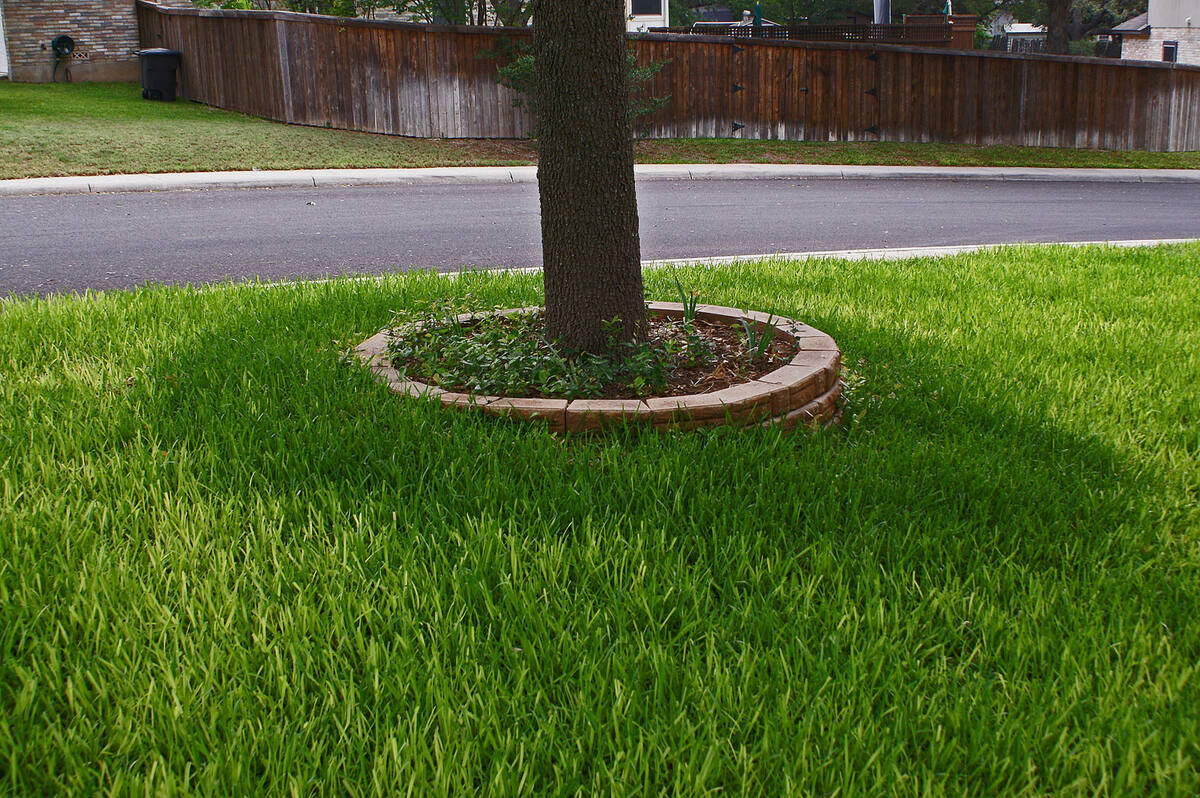

Landscaping Ideas
How Long Does It Take St. Augustine Grass To Spread
Modified: February 18, 2024
Learn the best landscaping ideas for spreading St. Augustine grass quickly. Find out how long it takes and get expert tips for a lush lawn.
(Many of the links in this article redirect to a specific reviewed product. Your purchase of these products through affiliate links helps to generate commission for Storables.com, at no extra cost. Learn more)
Introduction
St. Augustine grass is a popular choice for lawns due to its lush green appearance and ability to thrive in warm climates. Homeowners and landscapers often seek to establish a full, healthy lawn as quickly as possible, leading to the common question: How long does it take St. Augustine grass to spread? The spread of St. Augustine grass is influenced by various factors, including environmental conditions, maintenance practices, and the specific cultivar of the grass. Understanding these factors and optimal conditions for St. Augustine grass spread can help individuals cultivate a vibrant and expansive lawn. In this article, we will explore the key elements that affect the spread of St. Augustine grass, the ideal conditions for its growth, the typical timeframe for spread, and methods to expedite the process. Whether you're establishing a new lawn or seeking to enhance the coverage of existing St. Augustine grass, this guide will provide valuable insights to help you achieve your landscaping goals.
Key Takeaways:
- St. Augustine grass spreads within a few weeks to months under optimal conditions, making it a fast-establishing choice for lush lawns in warm climates. Strategic watering, fertilization, and pest management can accelerate its growth.
- Factors like cultivar selection, environmental conditions, and maintenance practices significantly impact the spread of St. Augustine grass. Creating optimal conditions and implementing targeted methods can expedite its expansion for a vibrant, resilient lawn.
Factors Affecting St. Augustine Grass Spread
The spread of St. Augustine grass is influenced by several key factors that directly impact its growth and coverage. Understanding these factors is essential for effectively nurturing and maintaining a healthy lawn. One of the primary determinants of St. Augustine grass spread is the specific cultivar or variety being used. Different cultivars exhibit varying growth habits, such as spreading via stolons or forming a denser turf. Selecting a cultivar suited to the local climate and intended lawn use can significantly affect the speed and extent of the grass’s spread.
Environmental conditions play a crucial role in the spread of St. Augustine grass. This grass thrives in warm, humid climates and is sensitive to cold temperatures. Adequate sunlight is essential for its growth, with optimal performance achieved in full sun or partially shaded areas. Soil quality and composition also impact the grass’s ability to spread, with well-draining, fertile soil promoting healthy growth and coverage.
Proper maintenance practices are another influential factor. Regular watering, appropriate fertilization, and consistent mowing height contribute to the grass’s overall health and spread. Watering deeply but infrequently encourages deep root growth and stolon development, facilitating the grass’s lateral spread. Additionally, mowing at the recommended height for St. Augustine grass prevents scalping and promotes lateral growth, leading to improved coverage.
Pest and disease management are crucial considerations for promoting St. Augustine grass spread. Addressing pest infestations and promptly treating any signs of disease can prevent damage that hinders the grass’s ability to expand and thrive. By addressing these factors, individuals can create an environment conducive to the healthy spread of St. Augustine grass, fostering a vibrant and expansive lawn.
Optimal Conditions for St. Augustine Grass Spread
Creating and maintaining optimal conditions is essential for promoting the healthy spread of St. Augustine grass. This lush, warm-season turf grass thrives under specific environmental and maintenance conditions, which are pivotal for achieving robust growth and expansive coverage. Adequate sunlight is a fundamental requirement for St. Augustine grass. It flourishes in full sun or partially shaded areas, making it suitable for lawns with varying sun exposure. However, prolonged exposure to dense shade may impede its spread, necessitating careful consideration of the site’s light conditions.
Well-draining, fertile soil is vital for supporting the vigorous spread of St. Augustine grass. The soil should be loamy and rich in organic matter, providing essential nutrients and promoting robust root and stolon development. Regular soil testing and amendment can help maintain optimal soil conditions, ensuring the grass’s continued expansion and vitality.
Consistent and appropriate watering is crucial for the health and spread of St. Augustine grass. Deep, infrequent watering encourages deep root growth and stolon development, fostering lateral spread and overall turf density. However, overwatering can lead to shallow root systems and waterlogged soil, hindering the grass’s ability to expand and establish a resilient turf.
Regular fertilization tailored to the specific needs of St. Augustine grass supports its vigorous spread. Applying a balanced fertilizer with the appropriate ratio of essential nutrients, such as nitrogen, phosphorus, and potassium, promotes healthy growth and enhances the grass’s ability to fill in bare or sparse areas. Timing and method of fertilization should align with the grass’s growth cycles and seasonal demands, optimizing its spread and overall vigor.
Proper mowing practices are essential for encouraging the lateral spread of St. Augustine grass. Maintaining the recommended mowing height, typically between 2.5 to 4 inches, prevents scalping and promotes the development of lateral shoots, leading to improved coverage and a denser turf. Consistent mowing at the appropriate height supports the grass’s lateral growth and overall resilience, contributing to its expansive spread across the lawn.
By creating and maintaining these optimal conditions, individuals can foster the healthy and vigorous spread of St. Augustine grass, resulting in a lush, vibrant lawn that enhances the aesthetic appeal of any outdoor space.
St. Augustine grass can spread at a rate of about 2-6 inches per year, depending on the growing conditions. Regular watering, fertilizing, and proper maintenance can help speed up the spreading process.
Timeframe for St. Augustine Grass to Spread
The timeframe for St. Augustine grass to spread and establish a lush, uniform lawn depends on several factors, including environmental conditions, maintenance practices, and the specific cultivar being used. When optimal conditions are met, St. Augustine grass typically exhibits noticeable spread and coverage within a relatively reasonable timeframe, making it an attractive choice for those seeking a vibrant and expansive lawn.
Under favorable conditions, St. Augustine grass can begin to spread and fill in bare or sparse areas within a few weeks to a couple of months after initial planting or establishment. The grass’s growth rate is influenced by factors such as temperature, sunlight, soil quality, and moisture levels. In warm, humid climates with adequate sunlight and well-draining, fertile soil, the grass tends to spread more rapidly, resulting in enhanced coverage and a denser turf.
Regular and appropriate maintenance practices play a pivotal role in accelerating the spread of St. Augustine grass. Consistent watering, proper fertilization, and regular mowing at the recommended height support the grass’s overall health and vigor, contributing to its lateral spread and the establishment of a lush, uniform lawn. When these maintenance practices are diligently followed, the timeframe for noticeable spread and coverage can be notably reduced, allowing for the expedited development of a vibrant St. Augustine grass lawn.
It’s important to note that the specific cultivar or variety of St. Augustine grass being used can influence the timeframe for spread. Some cultivars exhibit more aggressive growth habits, leading to faster lateral spread and enhanced coverage, while others may require slightly longer to establish a dense, uniform turf. Understanding the growth characteristics of the selected cultivar can provide valuable insights into the expected timeframe for the grass to spread and fill in the desired lawn area.
Overall, when provided with optimal conditions and diligent maintenance, St. Augustine grass can exhibit noticeable spread and coverage within a few weeks to a few months, making it a relatively fast-establishing and visually appealing choice for lawns in warm climates. By fostering the grass’s healthy spread, individuals can achieve a lush, vibrant lawn that enhances the beauty and functionality of their outdoor spaces.
Methods to Accelerate St. Augustine Grass Spread
Accelerating the spread of St. Augustine grass involves implementing strategic methods and practices that promote robust growth, lateral expansion, and the establishment of a lush, uniform lawn. By incorporating targeted approaches into the lawn care regimen, individuals can expedite the grass’s spread and achieve the desired coverage more efficiently.
One effective method to accelerate St. Augustine grass spread is to ensure optimal soil conditions. Conducting a soil test and amending the soil as needed to maintain proper pH levels and nutrient balance can create an ideal foundation for the grass’s vigorous growth and lateral expansion. Well-draining, fertile soil provides the necessary support for healthy root and stolon development, facilitating the grass’s ability to spread and fill in bare or sparse areas more rapidly.
Strategic watering practices play a crucial role in accelerating the spread of St. Augustine grass. Deep, infrequent watering encourages robust root growth and stolon development, promoting lateral spread and overall turf density. Utilizing irrigation methods that deliver water deeply into the soil, such as soaker hoses or targeted sprinkler systems, can enhance the grass’s ability to expand and establish a resilient, uniform lawn more quickly.
Applying a balanced fertilizer at the appropriate times and in the correct amounts can significantly accelerate the spread of St. Augustine grass. Fertilization provides essential nutrients that support vigorous growth, enhance turf density, and promote lateral expansion. By following recommended fertilization practices tailored to the specific needs of St. Augustine grass, individuals can expedite the grass’s spread and achieve a lush, vibrant lawn more efficiently.
Meticulous pest and disease management are essential for preventing setbacks that could impede the spread of St. Augustine grass. Regular monitoring for pests and signs of disease, prompt intervention when issues arise, and proactive measures to prevent infestations can maintain the grass’s overall health and vigor, allowing for uninterrupted lateral spread and the establishment of a resilient, expansive lawn.
Optimizing mowing practices can also contribute to the accelerated spread of St. Augustine grass. Consistently mowing at the recommended height for this grass species, typically between 2.5 to 4 inches, supports lateral growth and turf density, facilitating the grass’s ability to fill in bare or sparse areas more rapidly. Additionally, avoiding excessive scalping and maintaining sharp mower blades can further promote the grass’s healthy spread and overall resilience.
By implementing these targeted methods and practices, individuals can effectively accelerate the spread of St. Augustine grass, fostering the rapid establishment of a lush, vibrant lawn that enhances the beauty and functionality of outdoor spaces.
Read more: How To Get St. Augustine Grass To Spread
Conclusion
Establishing a lush, vibrant lawn with St. Augustine grass involves understanding the key factors that influence its spread, creating optimal conditions for growth, and implementing strategic methods to accelerate its expansion. By considering the specific cultivar, environmental conditions, and maintenance practices, individuals can foster the healthy spread of St. Augustine grass, resulting in a visually appealing and resilient lawn.
Factors such as cultivar selection, environmental conditions, and maintenance practices significantly impact the spread of St. Augustine grass. Choosing a cultivar suited to the local climate and intended lawn use, providing adequate sunlight, maintaining well-draining, fertile soil, and implementing proper watering, fertilization, and pest management practices are essential for promoting the grass’s robust growth and lateral expansion.
Creating optimal conditions for St. Augustine grass involves ensuring adequate sunlight, well-draining soil, consistent watering, appropriate fertilization, and proper mowing practices. By maintaining these conditions, individuals can foster the grass’s healthy spread and achieve a lush, uniform lawn that enhances the aesthetic appeal of their outdoor spaces.
Understanding the timeframe for St. Augustine grass to spread and fill in desired lawn areas is essential for managing expectations and planning lawn care activities. Under favorable conditions, the grass can exhibit noticeable spread and coverage within a few weeks to a few months, making it a relatively fast-establishing and visually appealing choice for lawns in warm climates.
Implementing methods to accelerate the spread of St. Augustine grass, such as optimizing soil conditions, strategic watering, targeted fertilization, pest and disease management, and meticulous mowing practices, can expedite the grass’s expansion and the establishment of a lush, vibrant lawn. By incorporating these methods into the lawn care regimen, individuals can efficiently achieve the desired coverage and create an inviting outdoor environment.
In conclusion, fostering the healthy spread of St. Augustine grass involves a combination of thoughtful cultivar selection, creating optimal growth conditions, understanding the expected timeframe for spread, and implementing targeted methods to accelerate expansion. By embracing these principles and practices, individuals can cultivate a resilient, visually appealing lawn that enhances the beauty and functionality of their outdoor spaces, creating a welcoming environment for leisure and recreation.
Frequently Asked Questions about How Long Does It Take St. Augustine Grass To Spread
Was this page helpful?
At Storables.com, we guarantee accurate and reliable information. Our content, validated by Expert Board Contributors, is crafted following stringent Editorial Policies. We're committed to providing you with well-researched, expert-backed insights for all your informational needs.
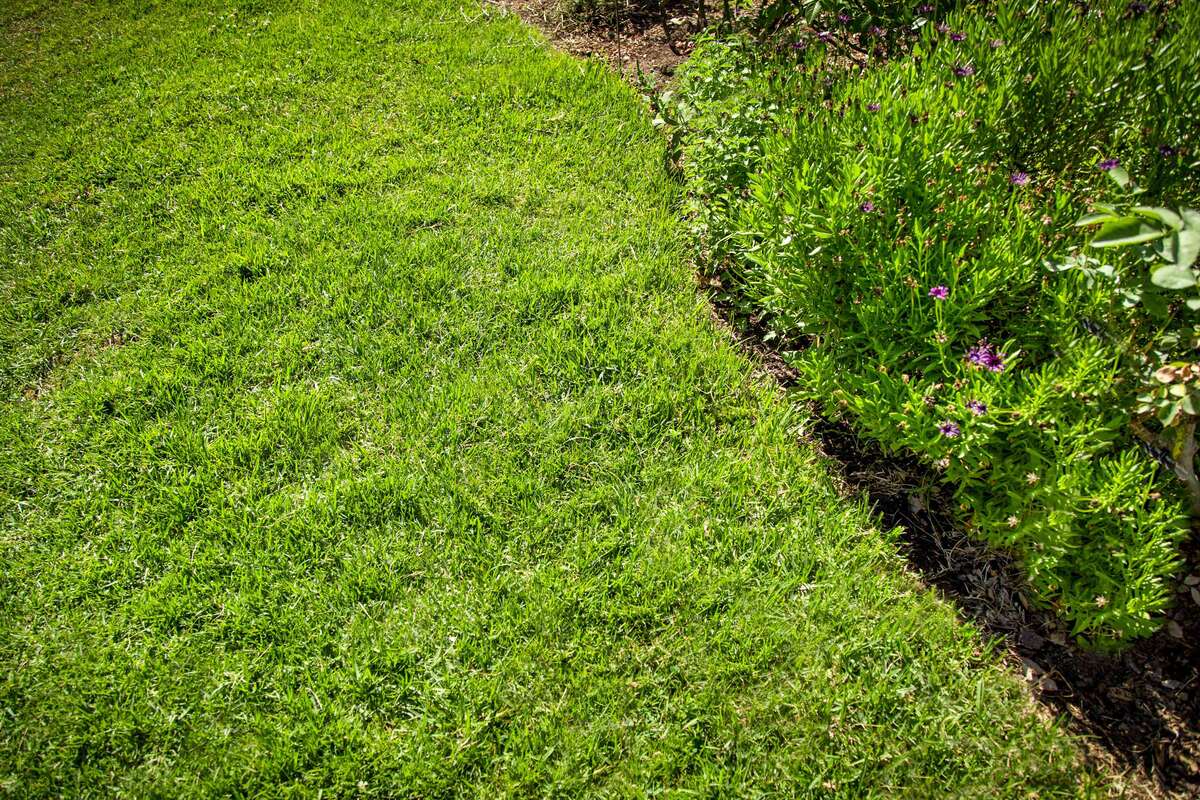
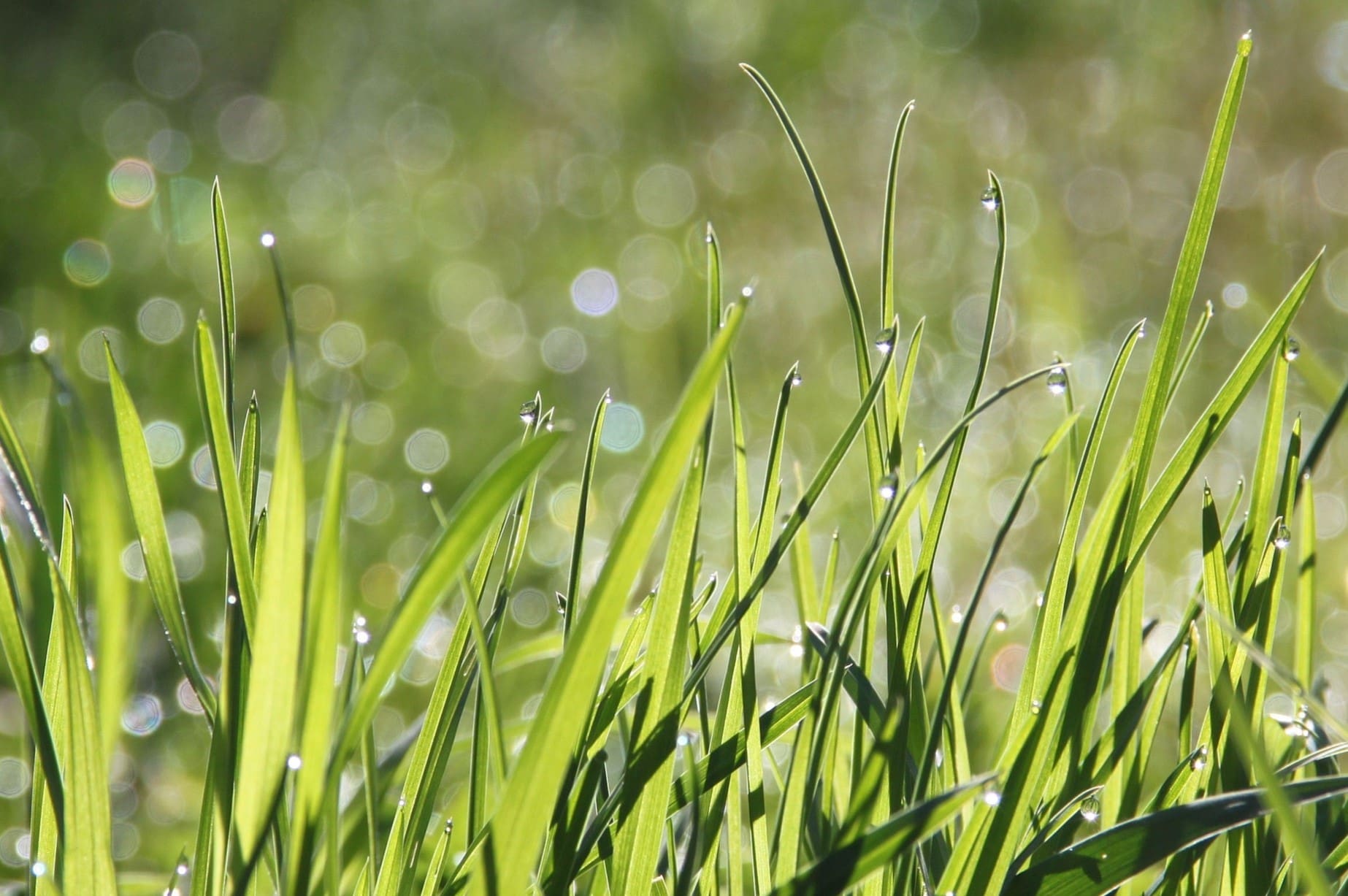
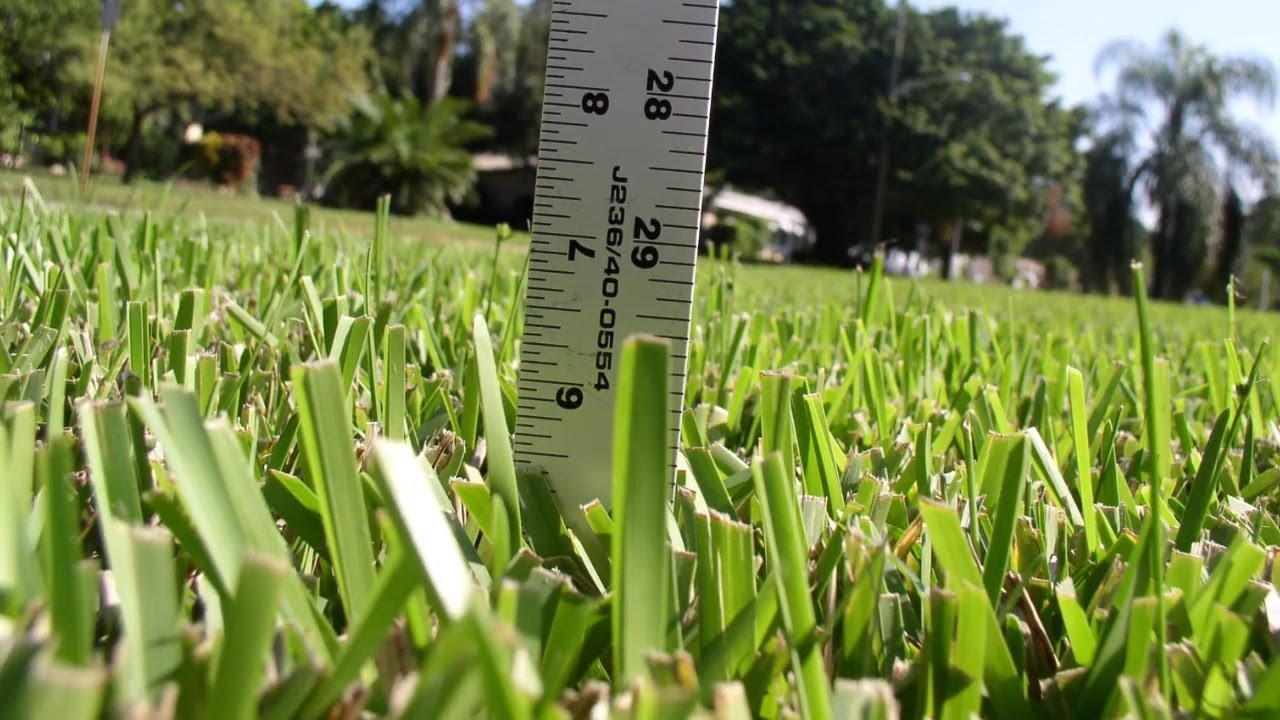
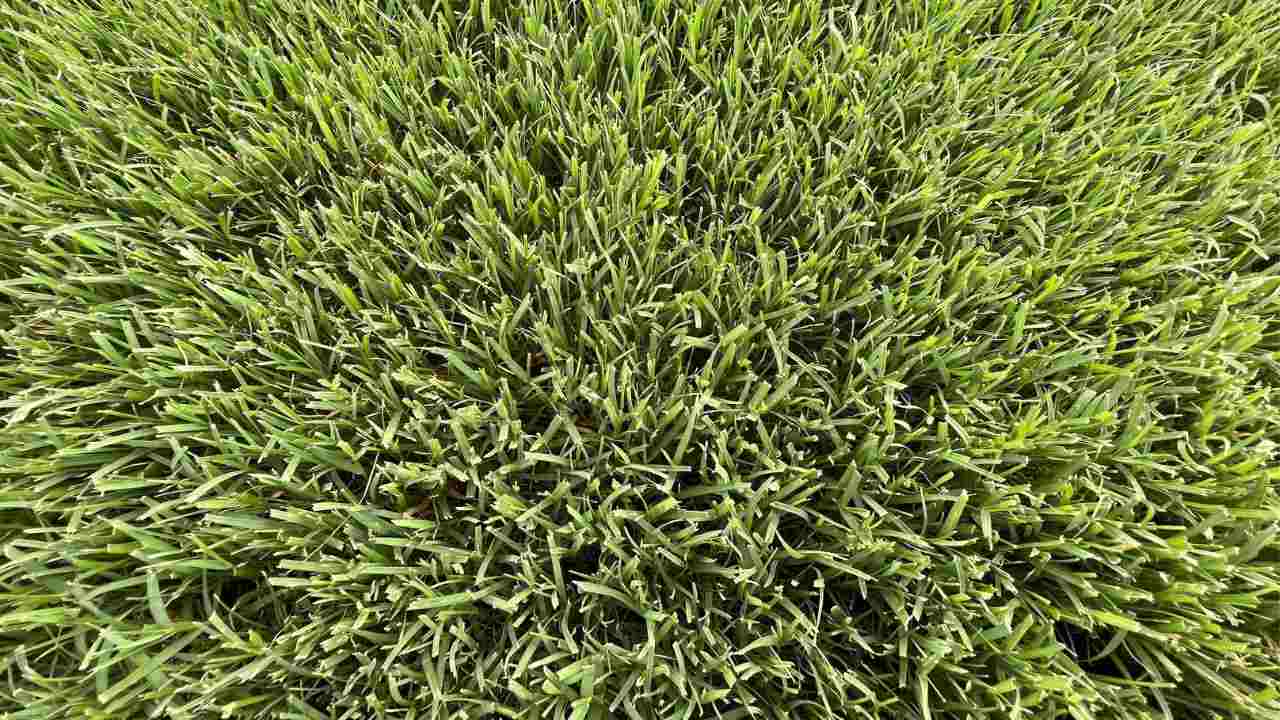
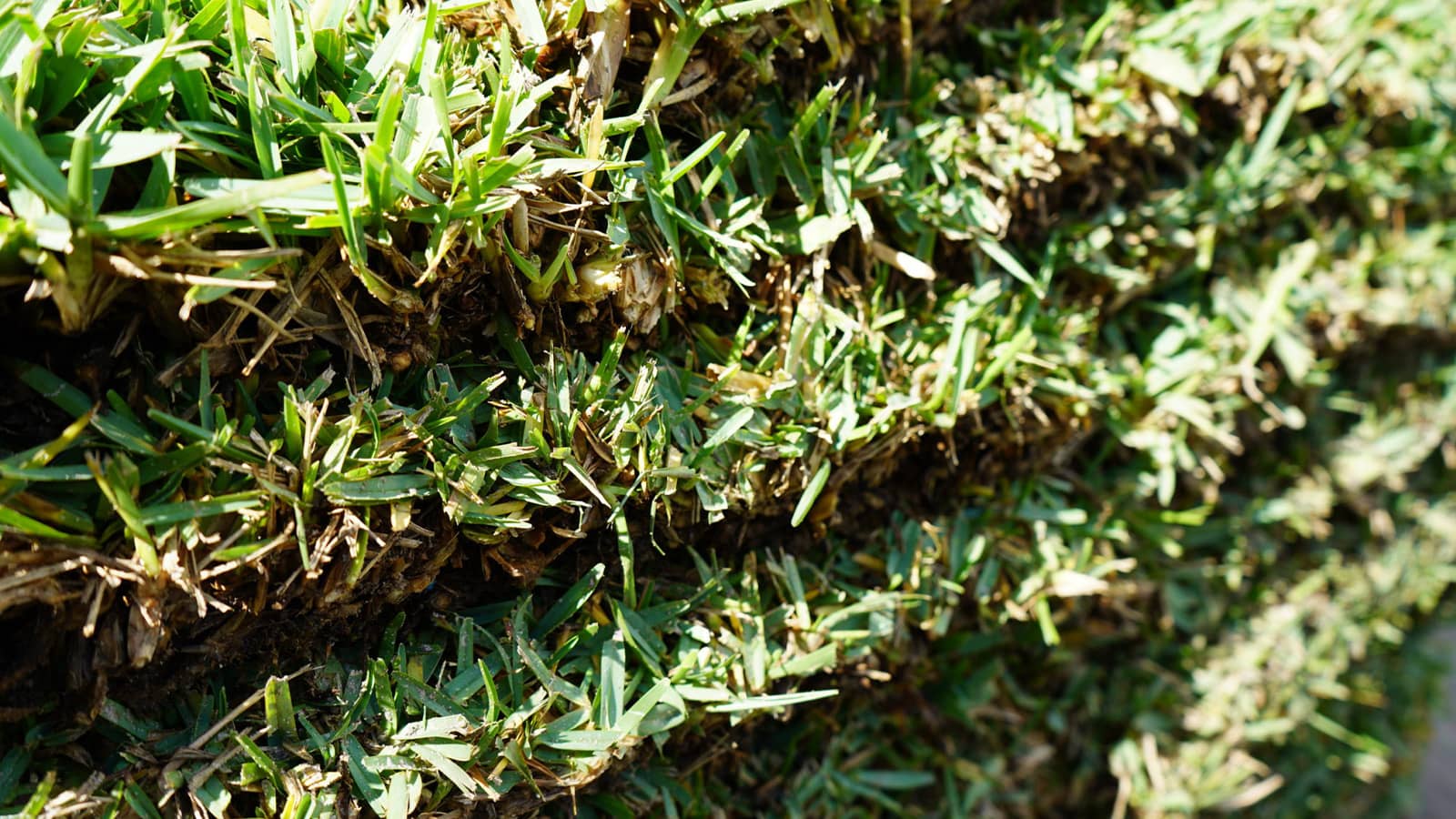
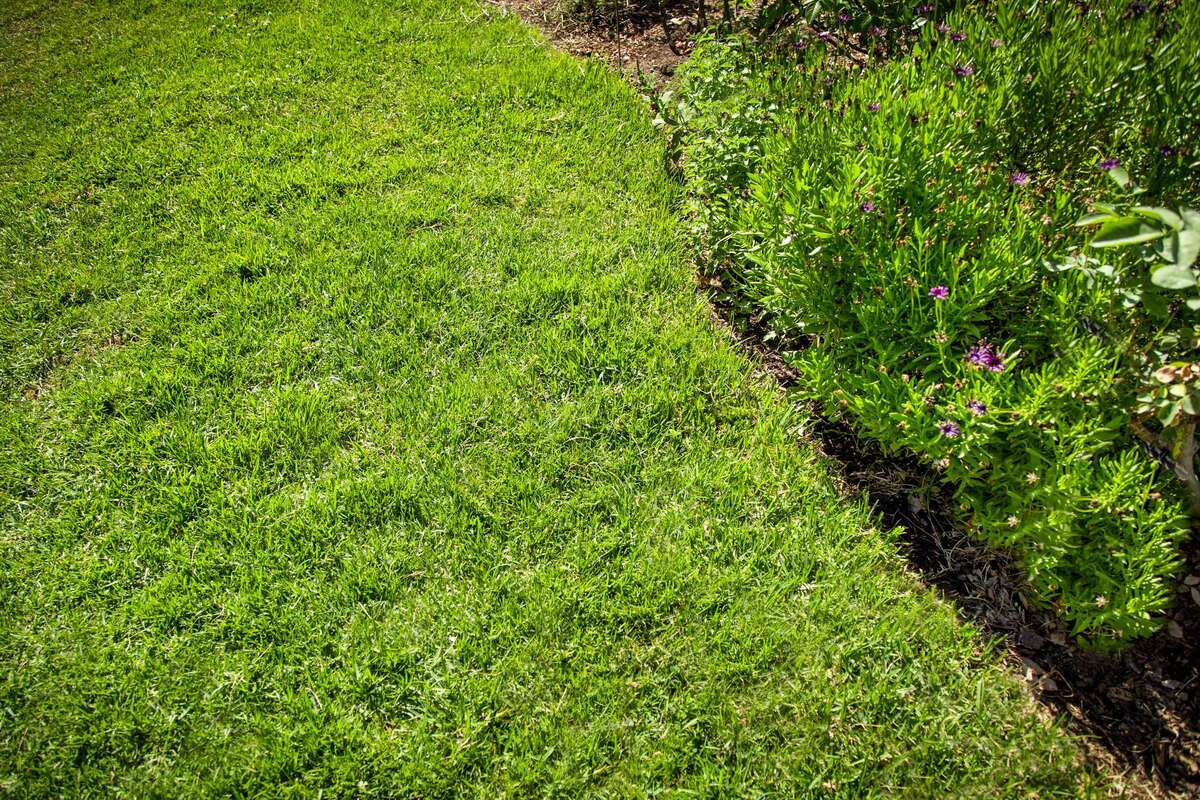
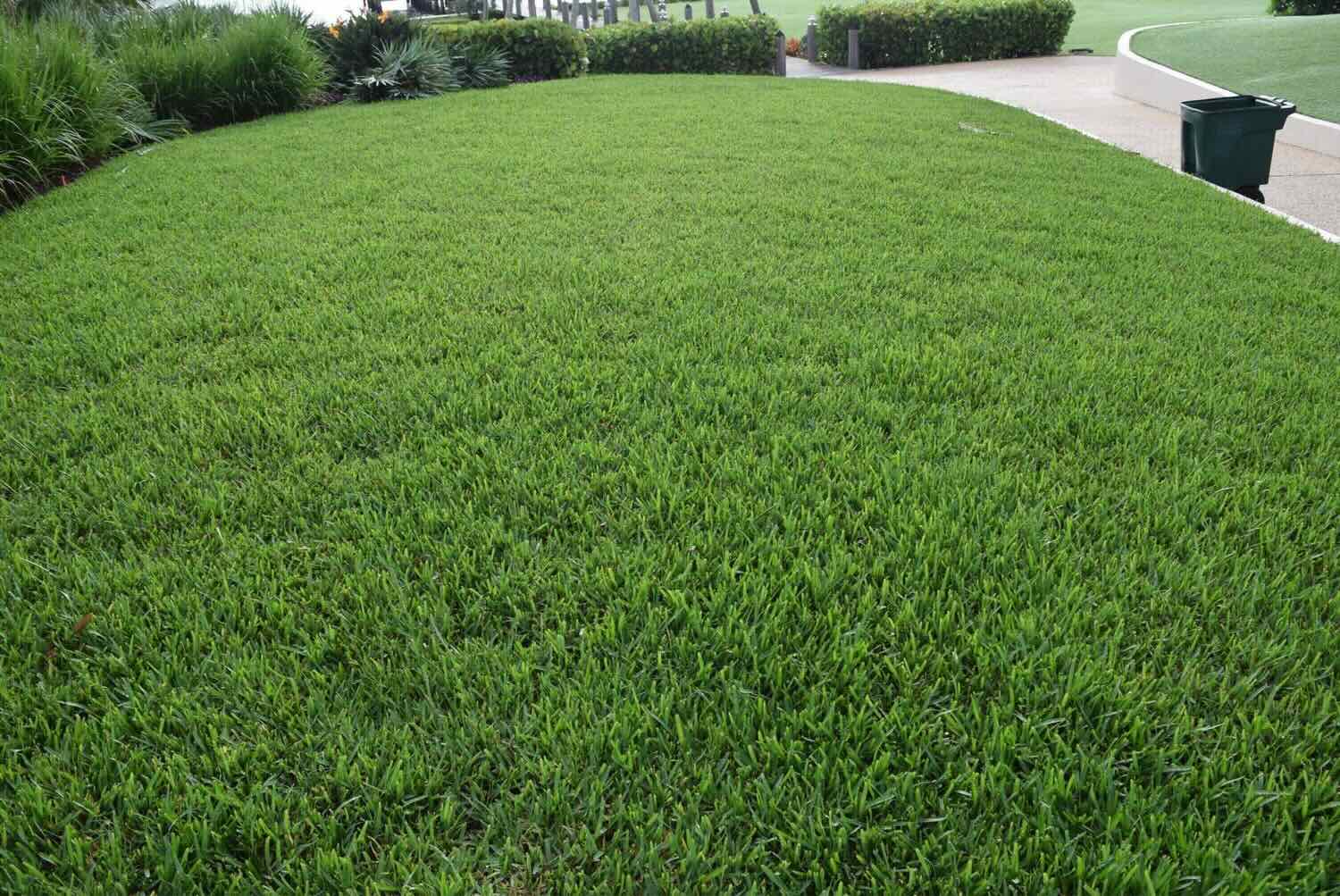
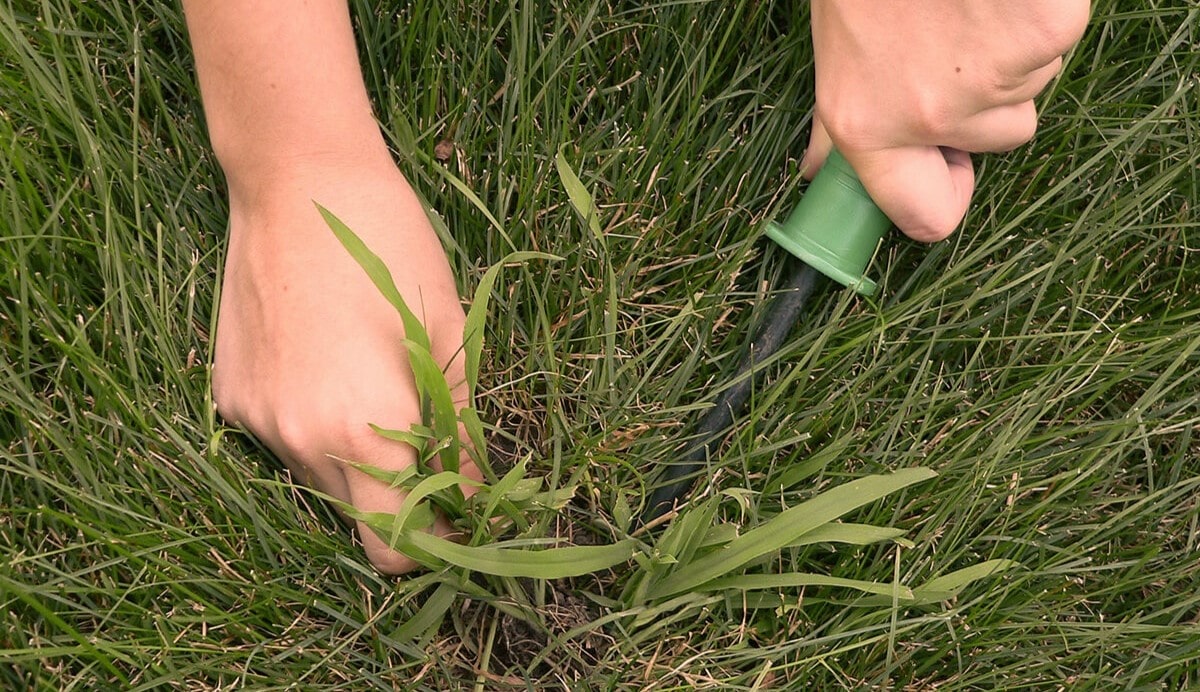
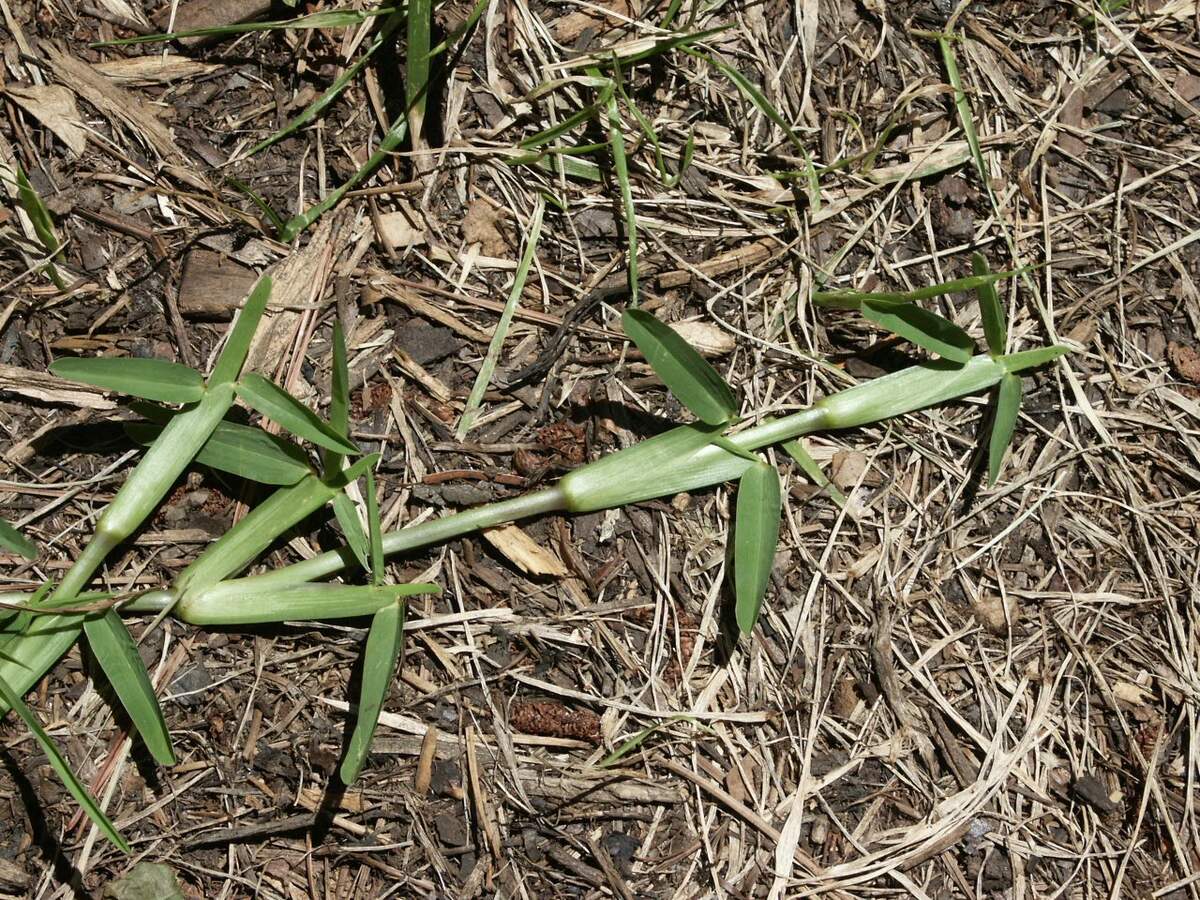
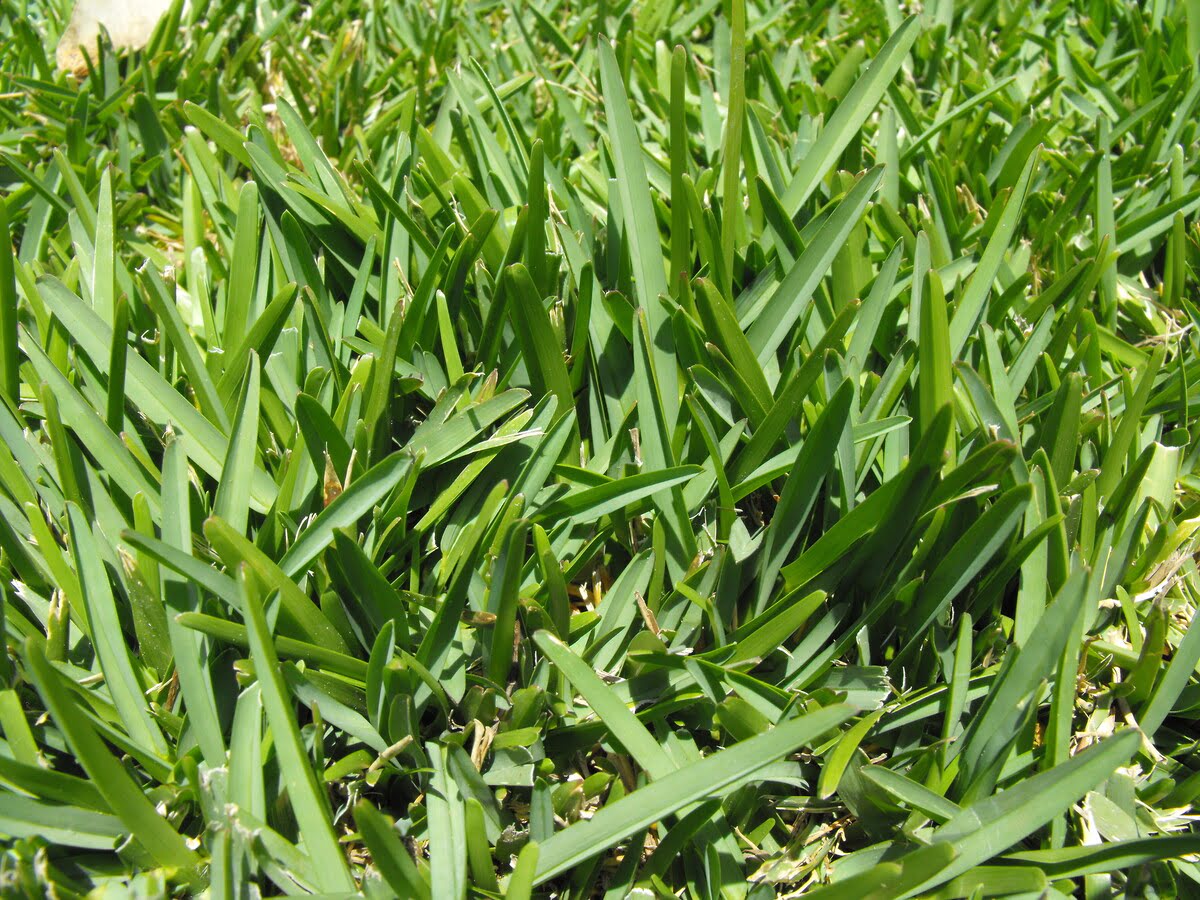
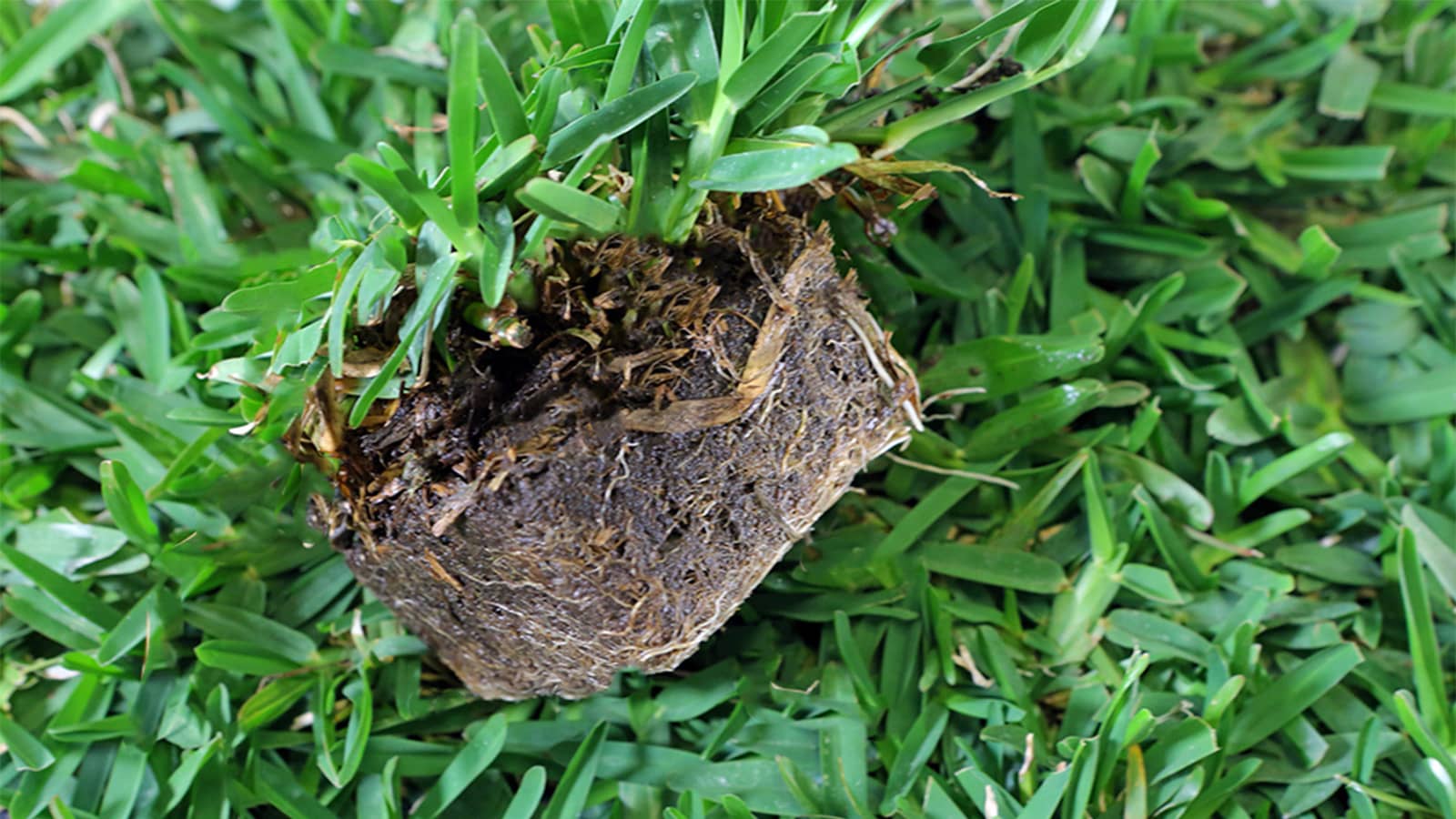
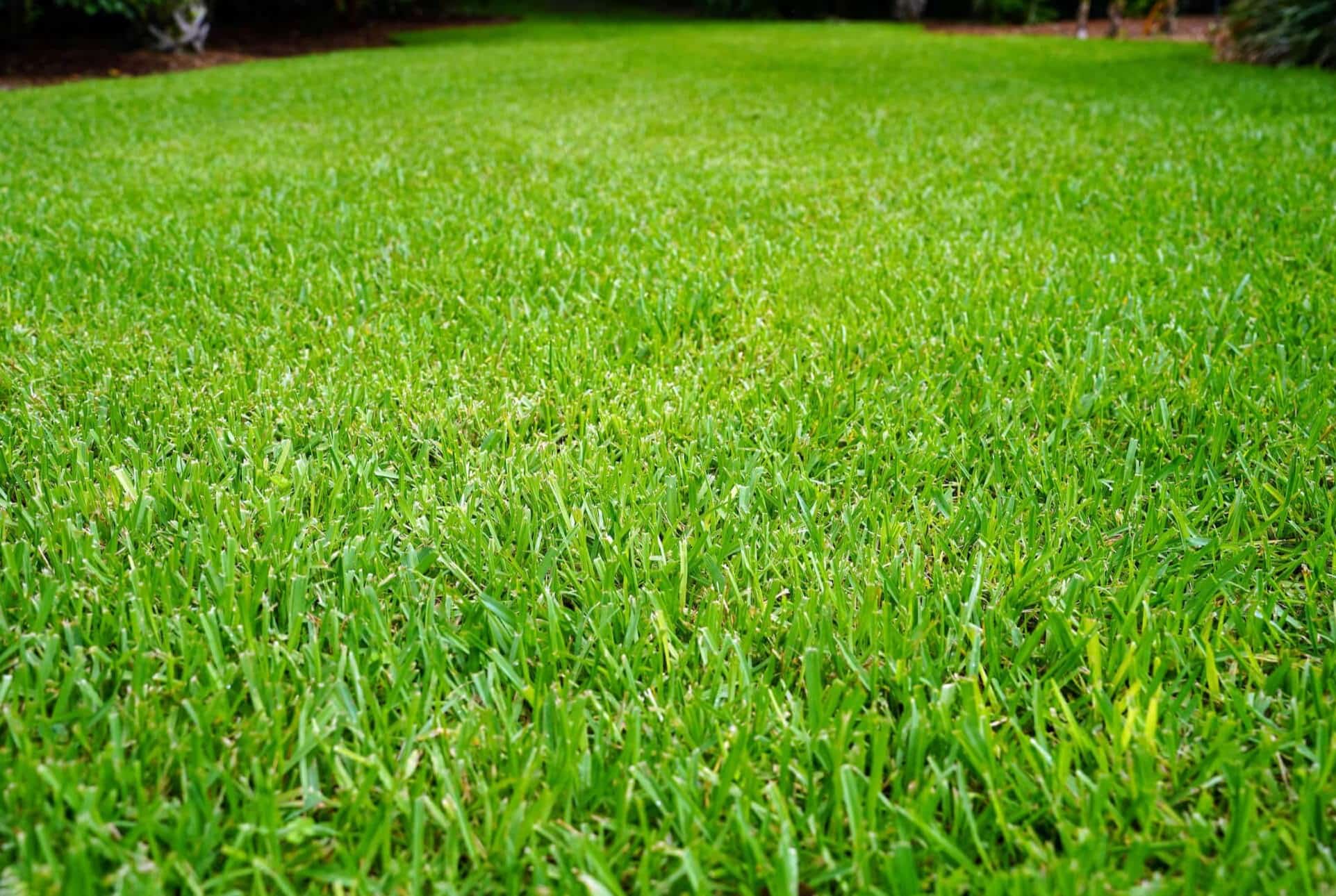
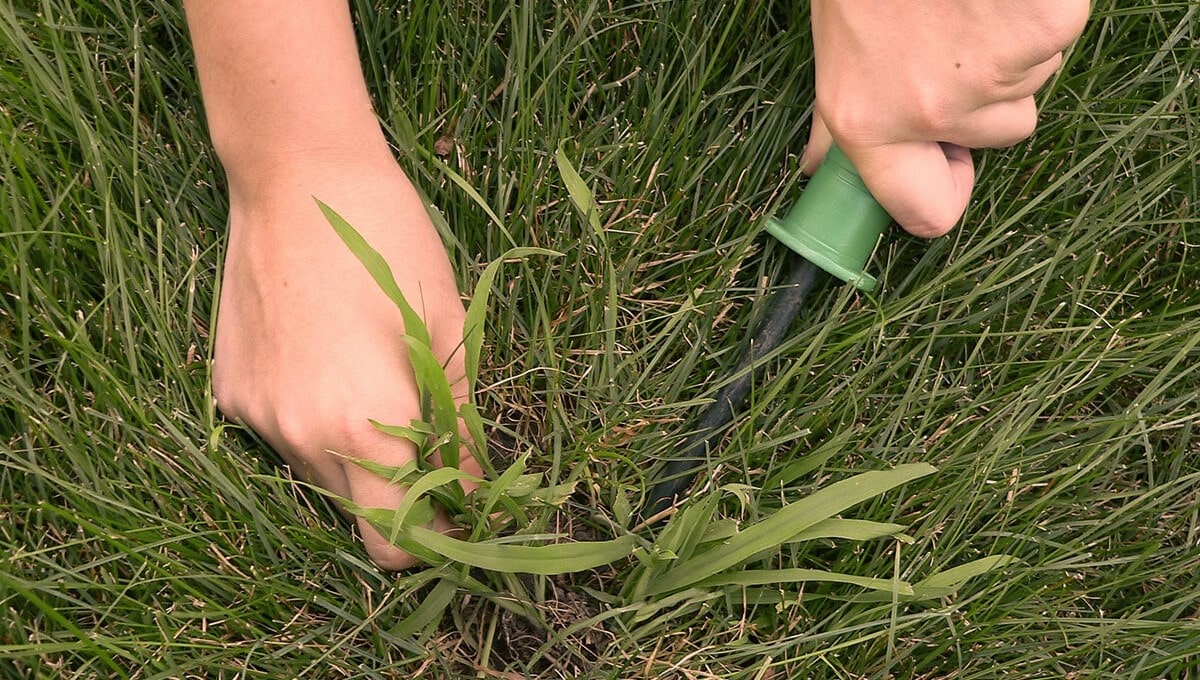
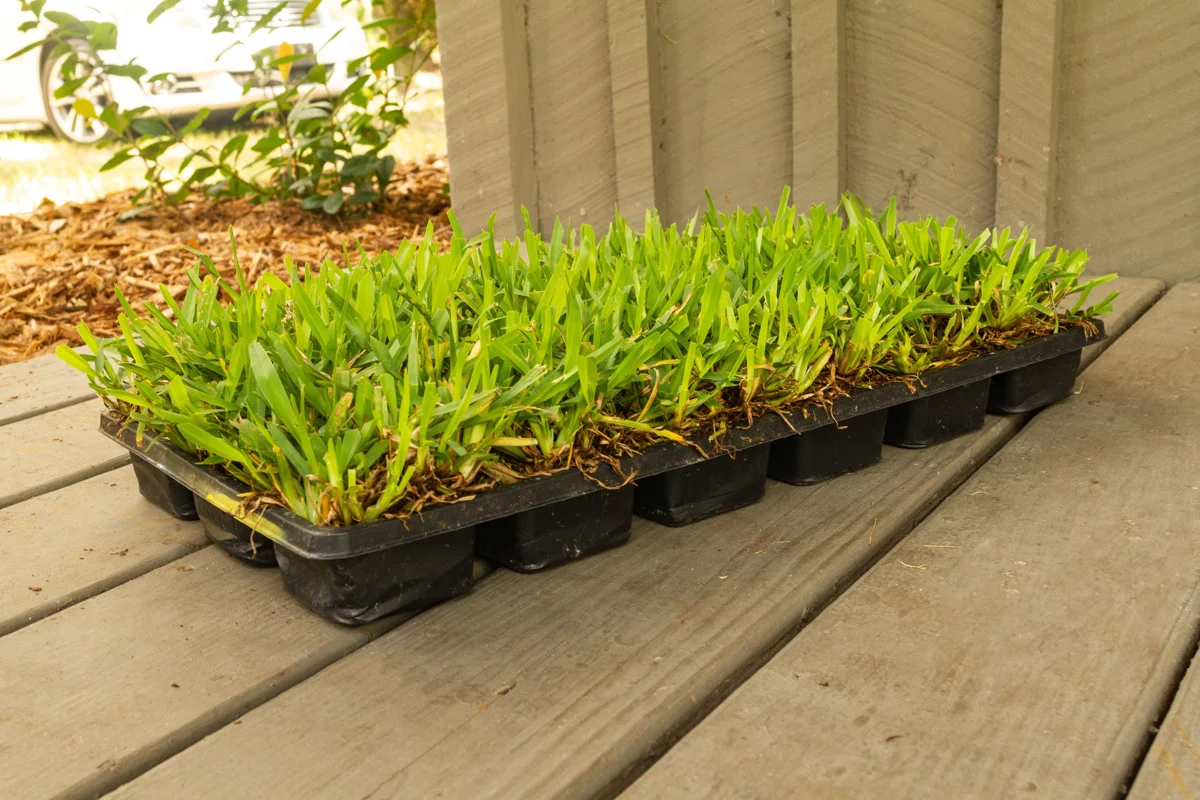

0 thoughts on “How Long Does It Take St. Augustine Grass To Spread”